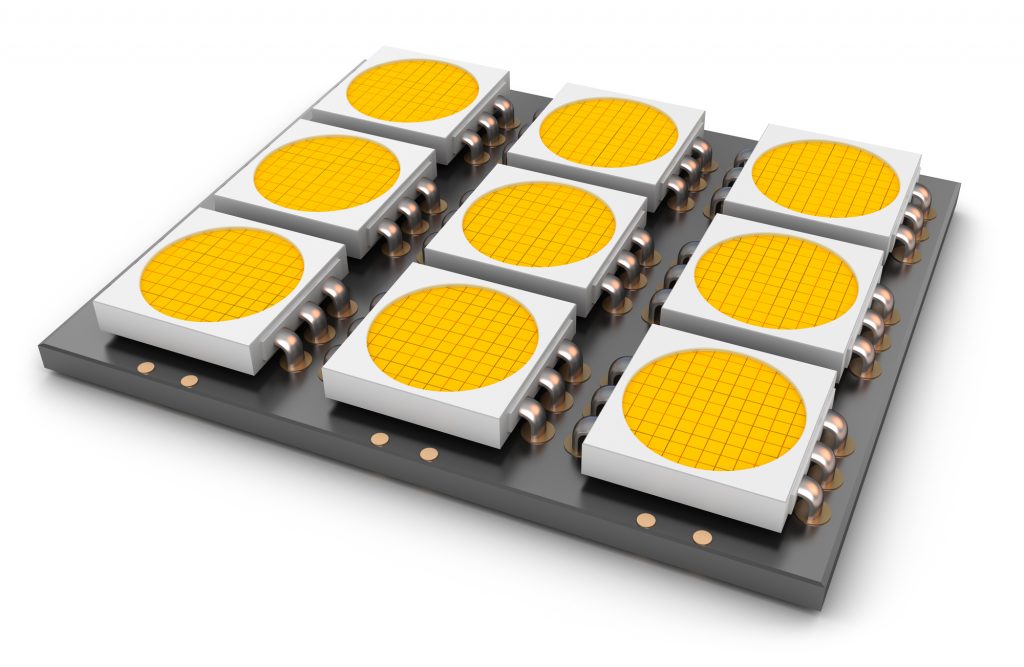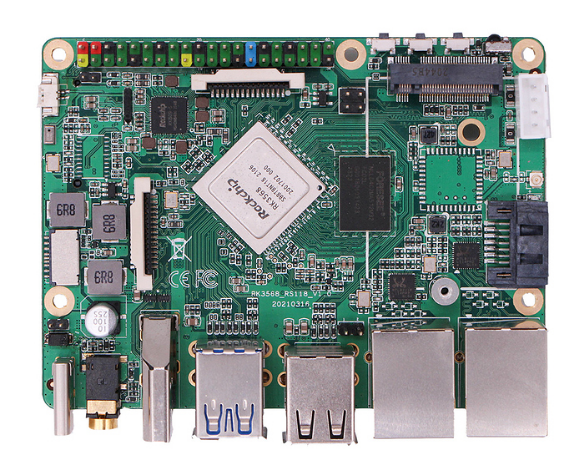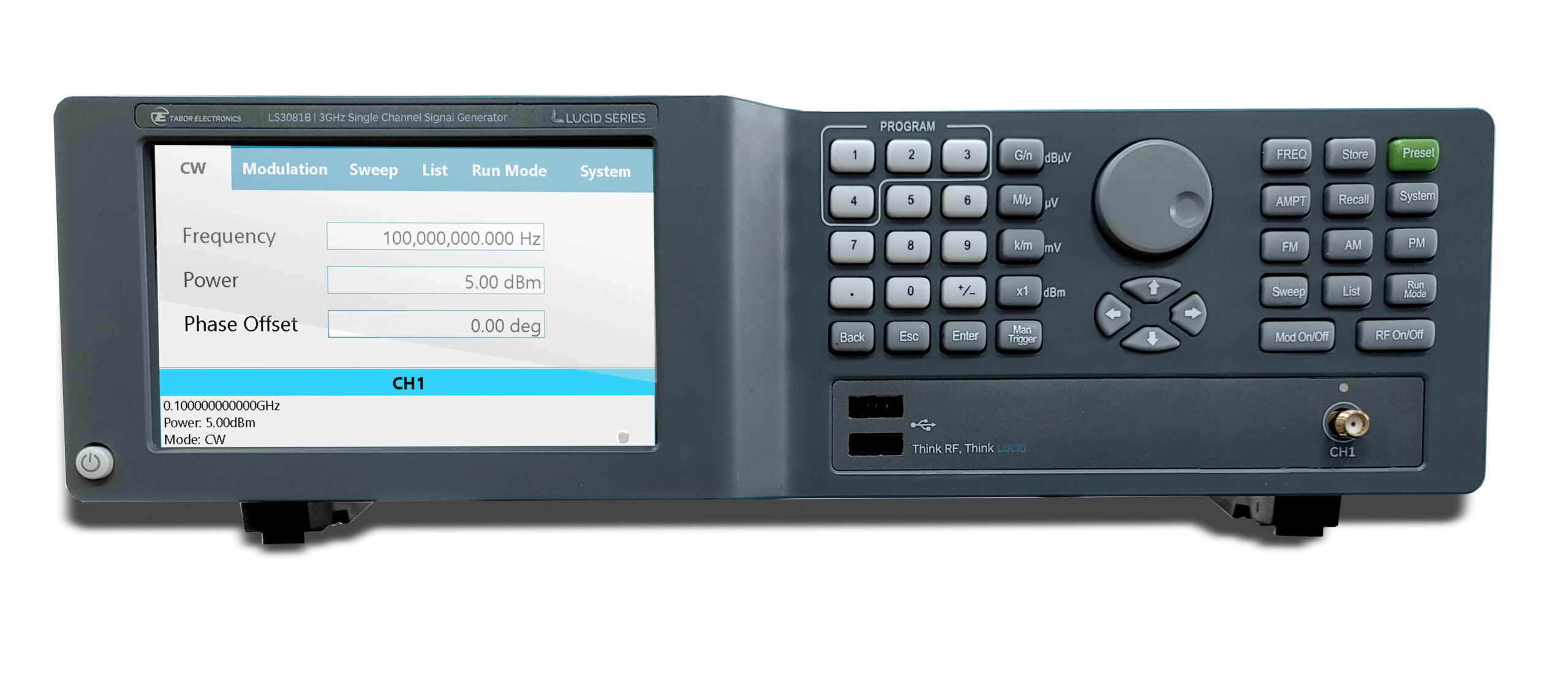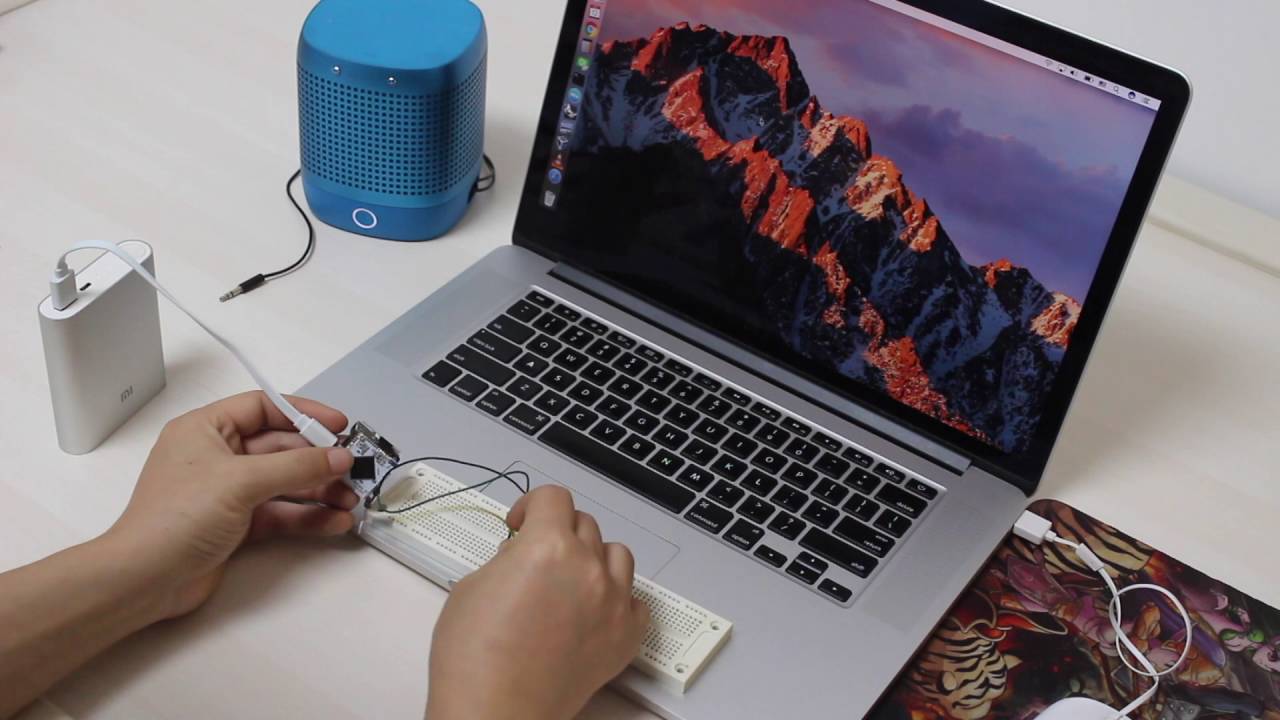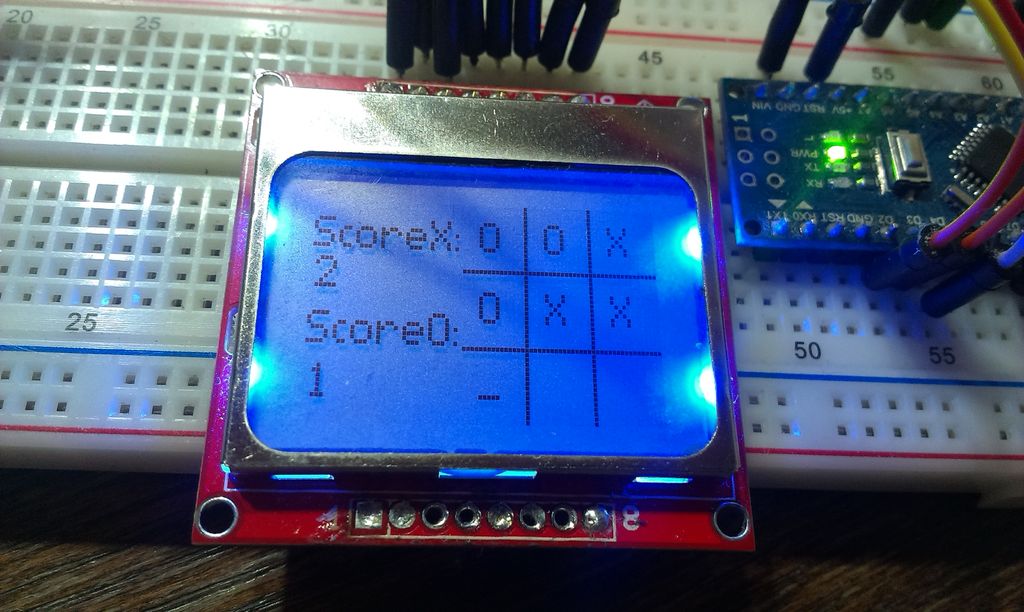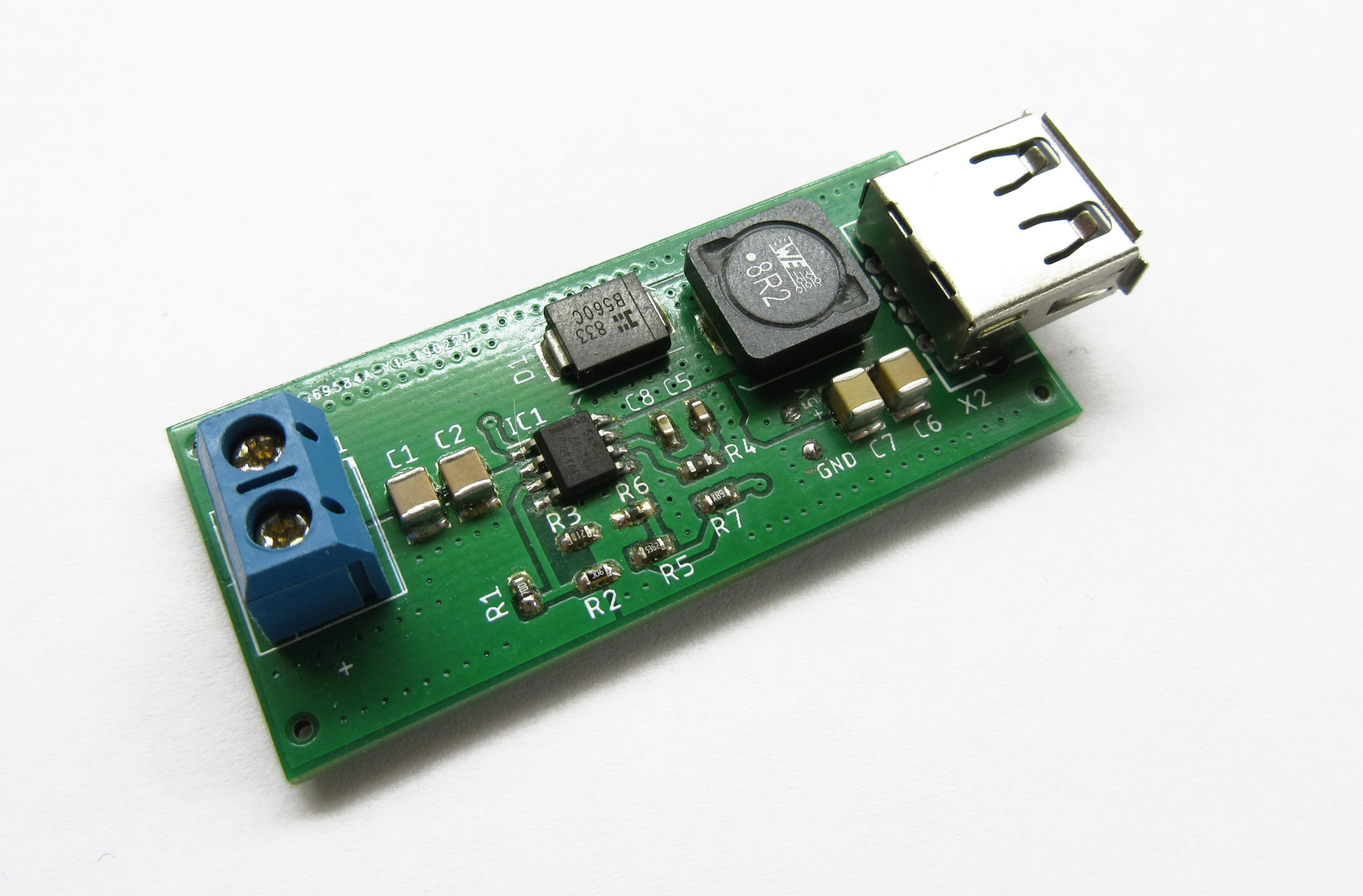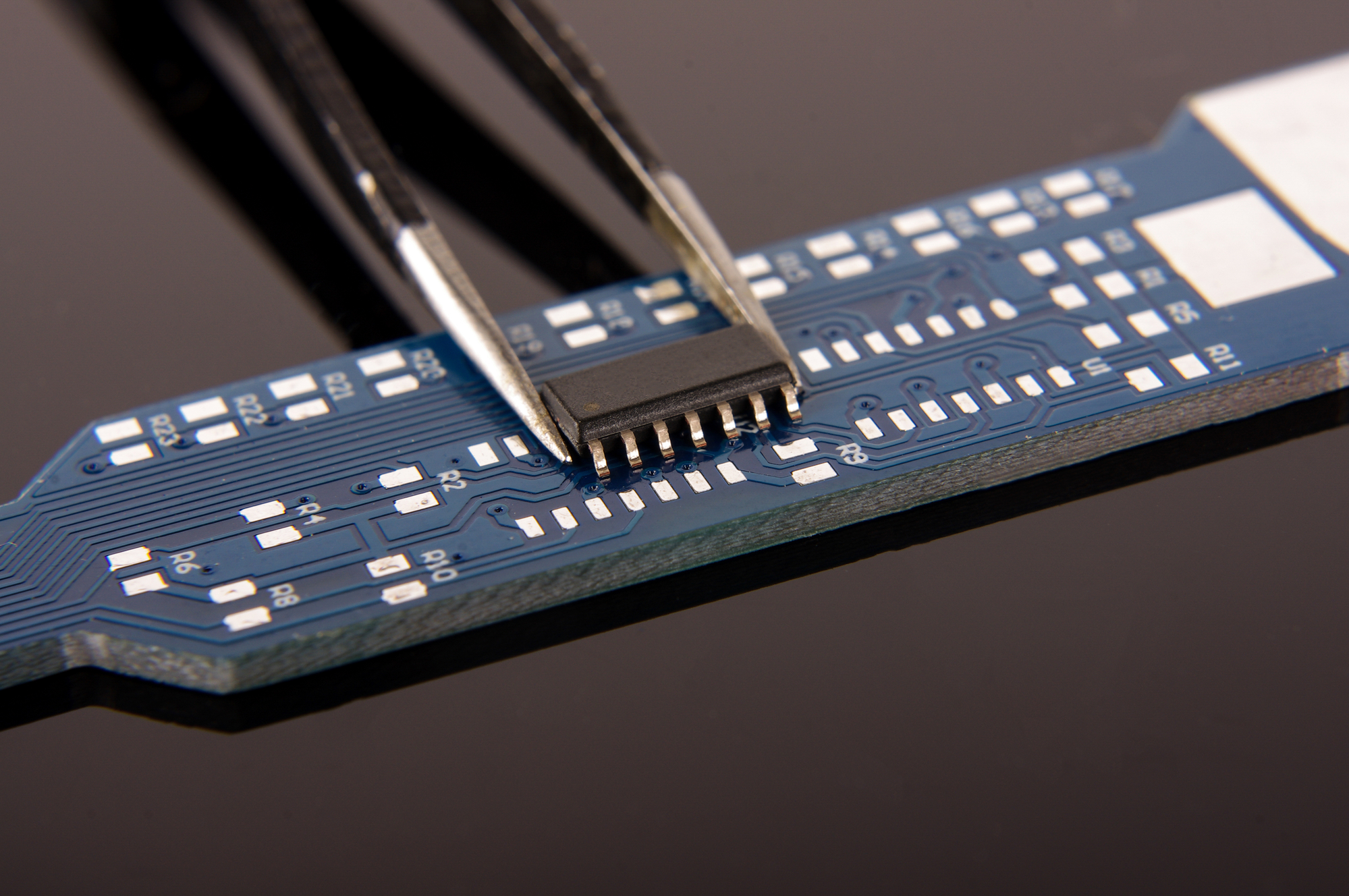
Surface Mount Technology was developed in the 1960s. During the 1970s and 1980s a revolution in the automation industry was begun, which raised the demand for Surface Mount Technology Components for a better assembly process. Before Surface Mount Technology, electronic components came with wire leads that were not ideal for complex devices. Moreover, such components with wire leads, now commonly known as through-hole components, were making the PCB assembly process significantly slow and costly. These problems were resolved by Surface Mount Technology (SMT), which has opened the door for the invention of complex electronics like mobile phones, laptops, medical products, industrial controls and sensors, and many more.
Surface Mounted Technology or “SMT” is used within the great majority of commercial electronics nowadays. The complex nature of SMT benefitted most applications of commercial electronics with the need to fit into very small spaces. To achieve this, components must be mounted directly onto the PCB surface as opposed to through-hole wire leads inserted into the board.
To say SMT was an important invention is an understatement. Electronic devices we have now would be much larger than they are. In fact, it’s safe to say that it’s a widely popular choice in today’s electronics. The reasons are many, including cost, size, simplicity of assembly and the amount of functionality demanded within a small volume. It’s these vital advantages that have seen SMT devices dominate the market. Here’s a rundown of some of the advantages afforded to surface-mounted technology devices.
Advantages of Surface Mounted Technology
- SMT allows for automated production and soldering and makes the whole process quick and simple. This results in considerable savings in time and money and allows for a lot more consistency in output..
- Fewer holes are required to be drilled into circuit boards; consequently, this makes the PCB more robust and cheaper.
- Costs of SM components are much lower than through-hole components.
- Both sides of the circuit board can have SMT parts on them, offering much more usable space. Moreover, SMT components are much smaller, which in turn saves valuable, maybe crucial space.
- SMT components offer much better performance under vibration and dropping or shaking, as they are much lighter in weight; The SMT component can weigh as little as one-tenth of their common through-hole equivalents.
- Unlike through-hole components, small errors in the placement of components are corrected automatically since the surface tension of molten solder pulls SMT components into alignment with solder pads. A well-designed PCB will optimize this.
- PCBs made from SMT components generally have lower resistance and inductance. This can be crucial for better high-frequency performance and to filter out unwanted RF signal effects.
- SMT components offer a smaller radiation loop area, hence provide better EMC (Electromagnetic Compatibility) performance.
As with everything in life, while something may have its advantages, it will usually have a few disadvantages too. These include:
- High power output or physically large parts aren’t suitable. You must use through-hole construction for that and other design requirements.
- Manual repair of surface-mounted technology can be tricky due to the significantly smaller size of SMT component joints. You will need well-trained operators and sophisticated equipment in order to carry out efficient repair and rework.
- SMT component joints can be less physically robust than through-hole components. This is due to the physically smaller joints with less solder. The void formation can easily be missed during inspection of the assembly due to the smaller dimensions, contributing towards poor thermal and mechanical performance. Skillful design and layout of the PCB can help mitigate this.
- Surface Mounted Technology isn’t suitable for components that endure frequent connecting and subsequent disconnecting. The mechanical strain on unsupported SMT components has a far worse effect than it does with through-hole components (which are by default, anchored into the PCB)
- SMT components are not suitable for applications that require the whole design to be sturdier against external forces. Through-hole technology provides more protection against environmental stress, and it has retained more application in the military and aerospace industry because of this.
Scope of Application:
To conclude, SMT components are ideal when it comes to applications that are sensitive to processor speed, where resistance and inductance of circuits are important ( for example RF communication and high-speed digital processing). For high-frequency applications, these are pivotal advantages over rather insignificant disadvantages. In higher current or harsh vibration environments, the advantages of SMT are outweighed by the vulnerability, and through-hole technology would be better. You, therefore, need to use your expertise while considering the pros and cons of Surface Mount Components with their through-hole counterparts for each application. It is also vital not to overlook the optimization of your PCB design while making your ideal selection.
Contact Advanced Rework Technology Today
Training is available to help comply with best practices in the design and assembly of SMT products. We recommend that your designers are qualified for to “Advanced Certified Interconnect Designer (CID+)” status. We recommend that your production staff are trained and regularly re-certified for some of the several IPC courses applicable to the circuit board and cable harness production. This will ensure consistent output quality and less rework, thereby reducing costs and lowering product reject rates in service. Ask us for a free consultation on how we can help. Contact A.R.T today or give us a call and speak to one of our team on 01245 237 083.
photo: depositphotos.com





